Negritos, Indonesians, and Malays were the earliest settlers in the region. Trade with other Asian peoples, particularly the Chinese, added to the diversity of the Ilonggos. With Spanish colonization came Spanish lineage. As the region increasingly developed, greater economic activity attracted the Chinese to settle in areas such as Molo. When sugar became a cash crop Spaniards took an interest in the region, resulting in the influx of such names as Montilla, de Luzurriaga, and Zaldarriaga. When the Philippine economy opened in the 19th century, other races immigrated with names like Gastón and Oppen. The result is the beautiful Ilonggo mestizaje. Consequently, the Ilongga has often been selected to represent the beautiful, well-bred Filipina.
Three Ilonggas reigned as Carnival Queens of the Philippine Exposition before World War II – Pura Villanueva (1907), her daughter Maria Kalaw (1931), and the daughter of the House of Representatives Speaker Gil Montilla, Mercedes (1936).
How the region prided itself in its belles and how these were admired by the rest of the islands may be gleaned from a quote from the March 11, 1937, issue of the periodical, The Commoner:
“In the hall of Philippine beauties, the undoubted pulchritude of Negros daughters, such as Misses Lilia Vargas of Ilog, Rosario Soriano Locsin of La Castellana, Mercedes Montilla of Isabela, Luz Villaluna of Cadiz, Sonia Gamboa of Silay and Miss Coscolluela of Bacolod simply prove that the sweet “Indays” of Negros are as tender as the strains of a Visayan melody and as sweet as the sugar produced by their province.”
Pura Villanueva
Married women were expected to stay home and raise a family. Pura, later Mrs. Teodoro M. Kalaw, broke the mold. She spearheaded woman suffrage in the country by founding the Asociación Feminista Ilongga in 1906, together with other educated women such as Paz López de Laguda, Nicetas de Guanco, and Leoncia de López Vito. After over 30 years, they attained what they had sought. They also involved themselves in civic projects such as fundraising and establishing the first public library in Iloilo. Incidentally, Pura was the first Carnival Queen of the Philippines.
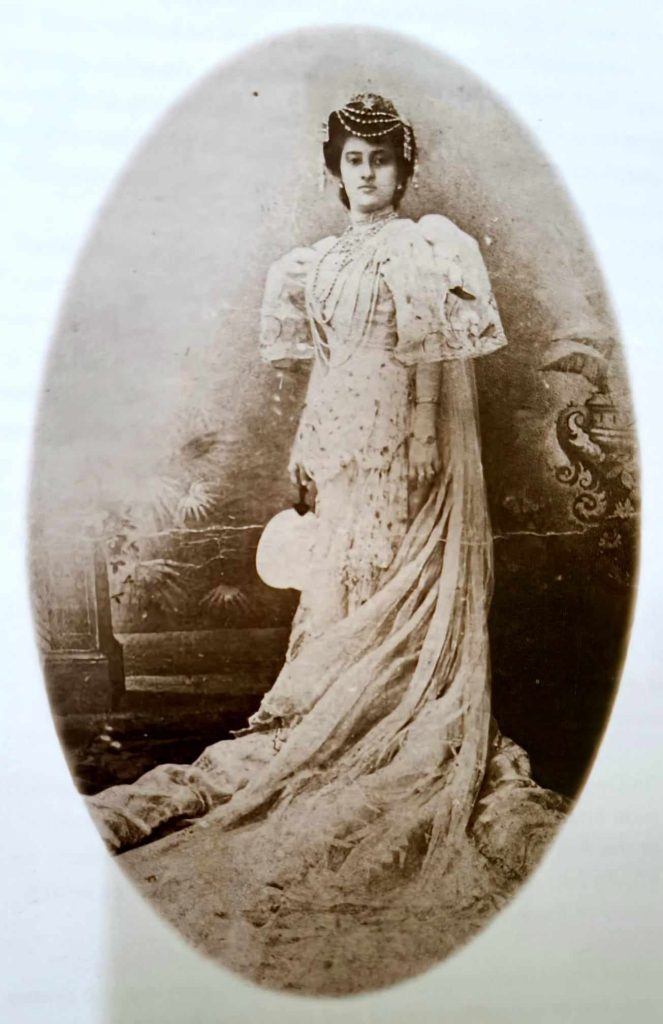
Susan Magalona
“The youngest beauty with the perfect features – might come near to describing Susana Clarita Magalona. There is an inescapable allure about her that the beholder shall always feel. Indeed she is among the most beautiful, most charming and most angelic. She has been moving about us only sixteen years now, for our midst was blessed with her appearance on August 17, 1921, in Saravia, Occidental Negros. So it would not be going farther the mark to describe her smiles as full of the innocence of angels, and that the enchantment in the light of her eyes could be capable of ensnarling the hardest of men.
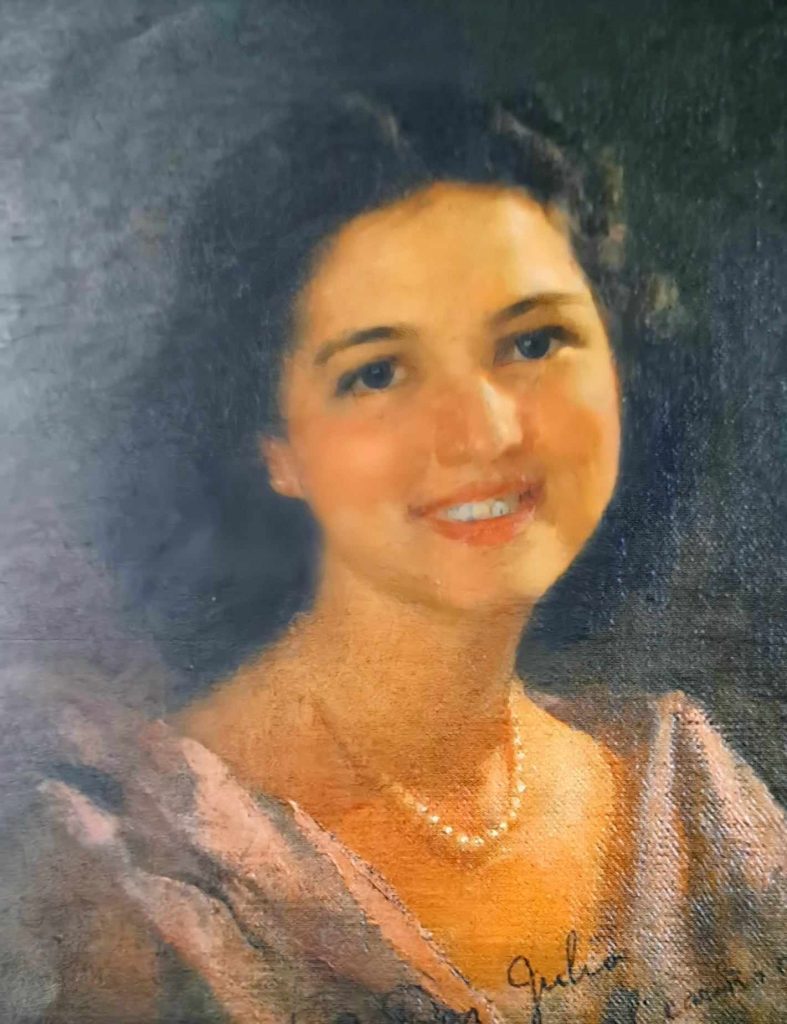
Susan, as her many friends lovingly call her, is the daughter of Hon. Enrique Magalona, Assemblyman for the first district of Occidental Negros. He is considered a political tycoon in the southern isles. Her mother is Consuelo Gayoso de Magalona, who belongs to a well-known family in the south.
“Susana Clarita had her early schooling at the Sacred Heart of Jesus in lloilo. For her secondary education, she enrolled at the St. Theresa’s College. In and out of school she has created a host of admirers around her.
“In December of the year 1936, her beauty attracted nation- wide attention when she was elected “Princess of Charity ” at the Anti-Tubercolosis Fair. Never before had a beauty so young and so fair honored that enviable position to which many of the country’s beauties are aspirants
“Her world is all wrap up at present with playing the piano. It is her only hobby and life ambition. She hopes to give a recital when she graduates and that, no doubt, will take place soon. She is gaining much headway already in her piano lessons under the able guidance of Prof. Eugenia Agoncillo of St. Scholastica’s College.
“She is the treasurer of the social section of the St. Theresa’s Catholic Action Unit. She was also elected
sponsor of the batallion at the Ateneo de Manila “Residence: 1275 M.H.del Pilar, Manila.”
Philippine Social Register 1937
Sonia Gamboa
‘Sonia’, by reason of its harmonious cadence and value of a name, shall forever be a cherished nomenclature. Literature are full of heroines answering to such a name that has set kingdoms into commotions and inspired deeds hitherto unheard of. In our own social circles, there moves about a young lady by that sweet name, and that is Miss Sonia Gamboa. Miss Gamboa carries too a name that has come to be respected because of its high prestige.
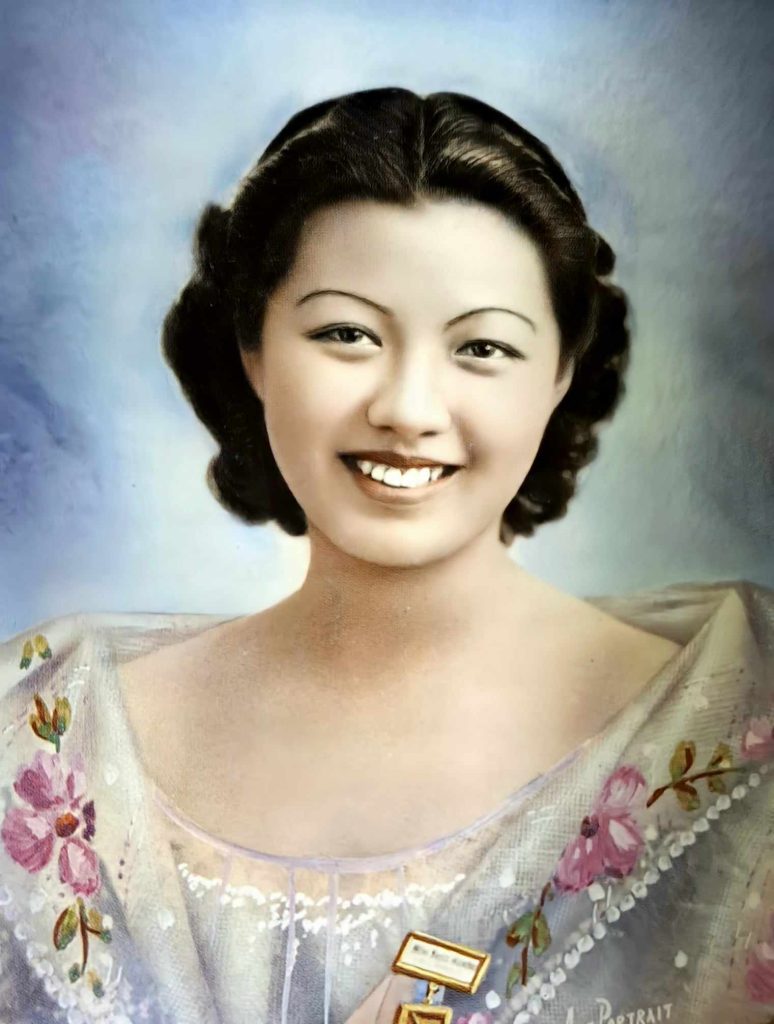
Sonia, like the breath of the cool winds, is both pleasing to the ear and to the aesthetic sense. Indeed her personality is really like that: one recalls everything artistic upon sight of her. There is music in her speaking voice, there is melody in her graceful movements, there is poetry in her mannerisms.
Aurora Pijuan
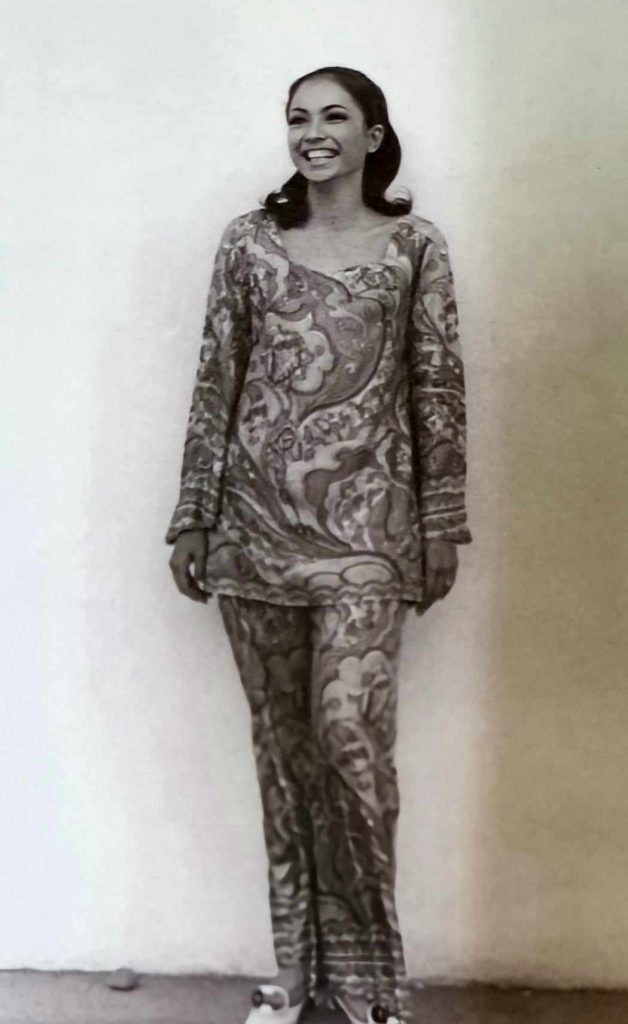
Aurora Pijuan of Bacolod City was Miss International in 1970. But being a woman of substance, today she is a staunch advocate of Gawad Kalinga, a non-government organization that creates communities by providing housing and disseminating values that would lift the beneficiaries from the vicious cycle of poverty.
Amy Gustilo-López
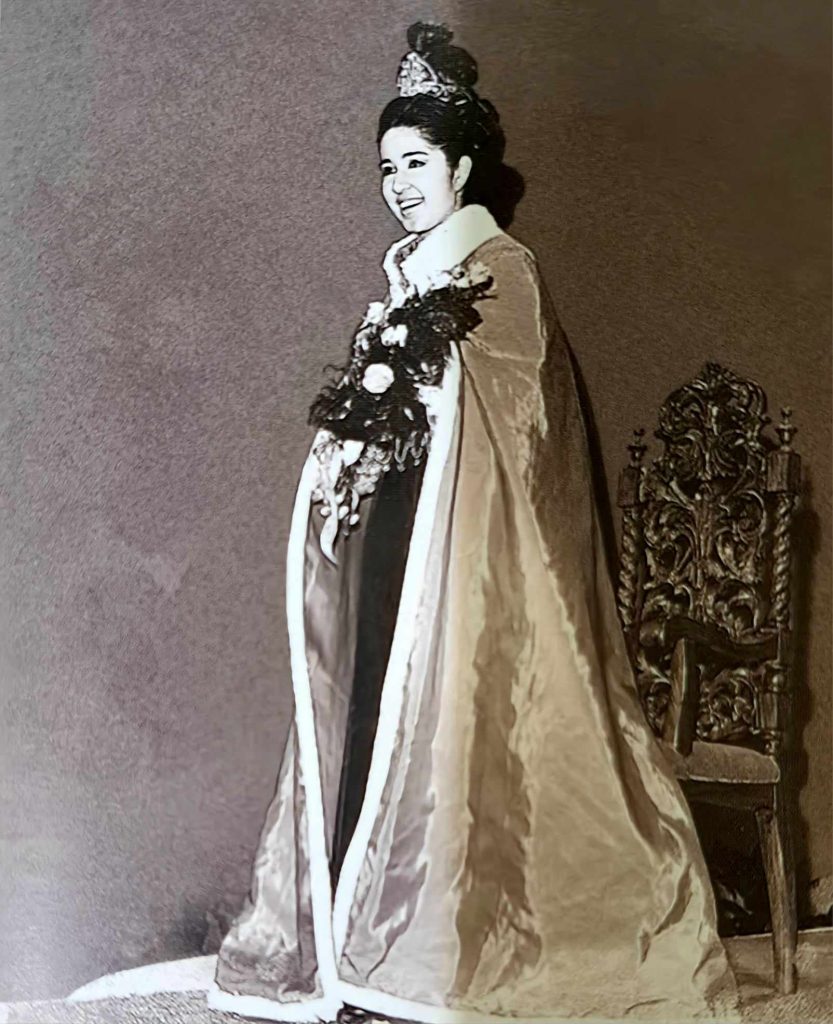
Amy Gustilo grew up in Manapla where her father, Daniel, was mayor for 25 years. In 1969, she was named Miss Caltex. Having begun piano lessons at age five and having pursued music at Holy Spirit College, Amy is a composer of sacred and meditation music, the first album of which is “Remembering”. Amy is married to Macky F. López, with whom she has two daughters, Angela and Louise.
Source: Reynaldo Gamboa Alejandro and Vicente Roman Santos in Estilo Ilonggo: Philippine Southern Lifestyle published by KCC Innovations in cooperation with DOT (2009)
